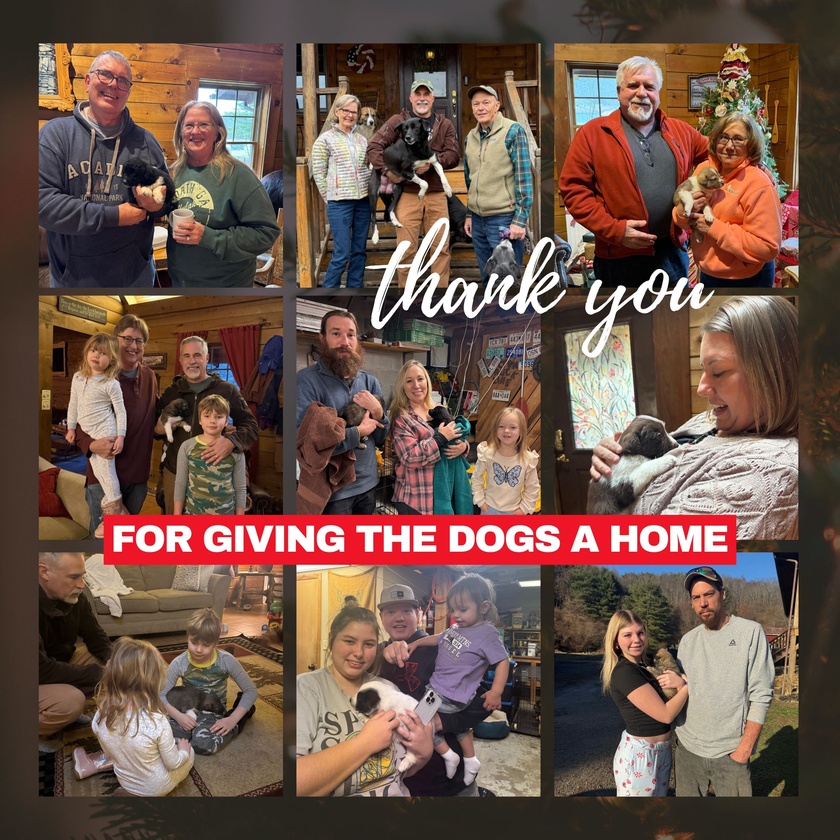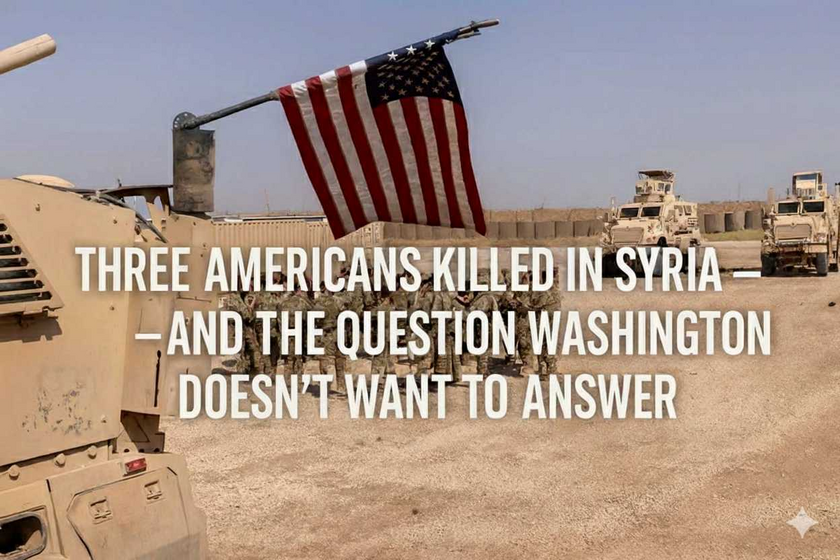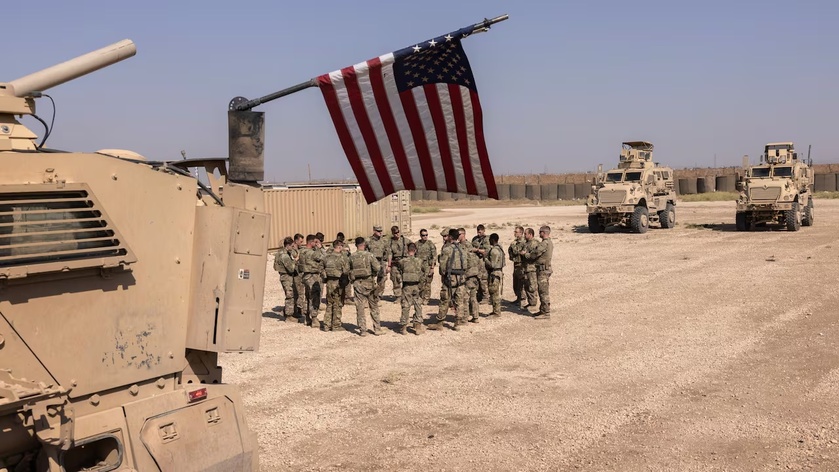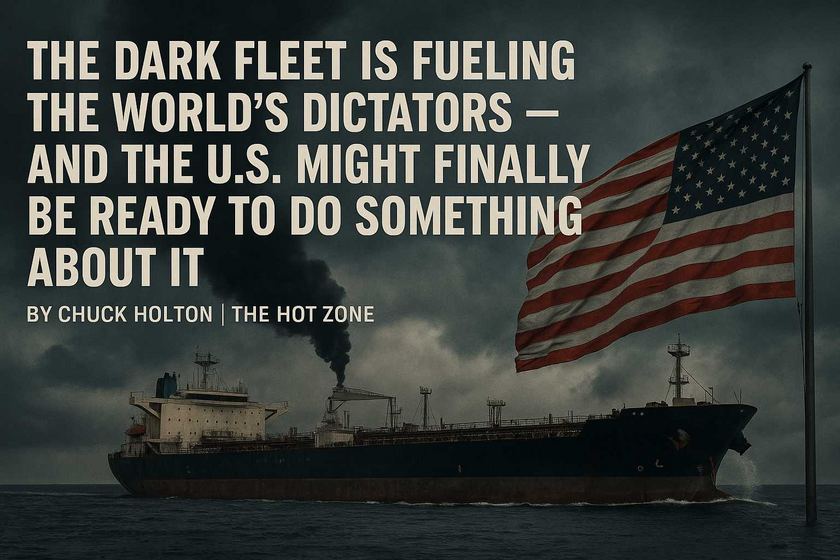The Will to Survive: The Incredible Story of Ukrainian Marine Gennadyi Zelenyi
When Russian bombs first fell on Mariupol in February 2022, Ukrainian marine Gennadyi Zelenyi braced himself for death. He was prepared to defend his home, but nothing could have prepared him for the unimaginable ordeal that awaited him.
Zelenyi was captured, tortured, and sentenced to execution, but before it was carried out, he escaped his captors. But what happened next was almost worse than death. Zelenyi was forced to endure nine grueling months hiding in a basement behind enemy lines. His story is about resilience, survival, and the unyielding will to live.
As part of the 503rd Marine Battalion, Zelenyi fought valiantly in the early days of the invasion. He and his comrades repelled Russian forces in Mariupol, capturing prisoners and seizing weapons. But the tide quickly turned. Russian troops, supported by precision KAB bombs, encircled the city. Buildings crumbled into dust, and Ukrainian positions were obliterated.
Amid the chaos, Zelenyi formed a bond with a 70-year-old civilian who had joined the fight with a pump-action shotgun. The old man had nothing to lose, fighting fiercely until he was tragically gunned down by Russian fire. Another comrade, an IT professional turned soldier, perished under artillery bombardment. Zelenyi watched his friends die one by one, and soon he was one of the last survivors.
His situation grew more dire when he was captured by Donetsk People’s Republic (DNR) forces—Russian-backed separatists. Beaten and tortured, his teeth shattered by the butt of a rifle, Zelenyi was condemned to death once again. He and other prisoners were led to an abandoned church, and forced to kneel as their captors executed them one by one. Miraculously, when the gunshots stopped, Zelenyi was still breathing. For reasons he cannot explain, his life was spared.
Bound but left unwatched, Zelenyi saw his chance. He slipped through a broken window and escaped into the ruins of Mariupol. There, he began his brutal nine-month odyssey.
Hiding in a basement, Zelenyi survived on pigeons, dogs, and scraps of spoiled food. He drank from puddles and filtered rainwater. When his wounds festered, he used pliers to pull out his broken teeth and crudely stitched up a leg injury. Hunger became a constant companion, and sleep came in brief, uneasy bursts.
Winter brought more hardship. Rats gnawed at his meager food supply, and the cold bit deep into his bones. Yet, he endured. Discipline kept him alive. He scavenged for supplies and fashioned a crude water filter. Each day was a test of willpower.
Eventually, Zelenyi obtained a phone and a SIM card from humanitarian aid distributed by occupying forces. Risking everything, he climbed to an attic for a signal and contacted his family. At first, they thought it was a cruel scam. But when they realized it was truly him, they alerted his unit.
When his identity was finally confirmed, whispers of his survival rippled through the resistance. In a daring and clandestine meeting, the Ukrainian Navy unveiled a rescue plan—a mission so fraught with peril that the odds of success were said to be no greater than one percent. Yet for Zelenyi, for whom the alternative was a slow, certain death behind enemy lines, that one percent glowed like a beacon in the darkness.
Under the shroud of a moonless night, he set out on an odyssey that would span over 1,000 kilometers in just four grueling days. The landscape he traversed was a desolate wasteland—a once-familiar city now reduced to ruins, its streets littered with shattered concrete and silent remnants of lives abruptly halted. Every step was a battle: the constant threat of patrolling forces, the eerie hum of drones overhead, and the bitter chill that seeped into his bones, all conspiring to break him.
Navigating by instinct and the intimate knowledge of the city he once called home, Zelenyi moved like a shadow through the wreckage. In moments of desperate haste, he would drop to the ground and crawl, each laborious movement a calculated risk to avoid detection. The path was a patchwork of abandoned buildings and debris, where every darkened alley could conceal danger and every open street might reveal the enemy. Yet, propelled by a fierce will to live, he pressed on—step by painstaking step—through nights that blurred into one another.
By day, exhaustion threatened to overwhelm him, but the thought of rescue lent him strength. When the relentless bombardment of despair and isolation crept in, he recalled the faces of those he loved, their images lighting the darkness of his journey. And so, with the relentless discipline of a seasoned warrior, he endured the physical agony and the constant gnawing fear, moving ever closer to the promise of safety.
At long last, as the horizon gave way to the faint outlines of Ukrainian-controlled territory, Zelenyi emerged from the shattered remnants of a once-vibrant city. His escape was not merely a retreat from the jaws of enemy captivity—it was a testament to the unyielding spirit of survival, a modern-day odyssey carved out in the crucible of war. In that moment, as the battered marine crossed into freedom, every agonizing mile he had endured transformed into a silent vow: to keep fighting, to reclaim his life, and to never allow the darkness of oppression to snuff out the light of hope.
Adjusting to normal life was almost as difficult as surviving the basement. Zelenyi found himself overwhelmed by something as simple as a supermarket aisle. Trauma lingers—sleepless nights, physical injuries, and haunting memories. Yet, he remains grateful. He believes that the stray cats he fed during captivity brought him luck, but he credits his survival to something more fundamental: discipline.
“Motivation runs out,” he said. “But discipline keeps you going.”

















